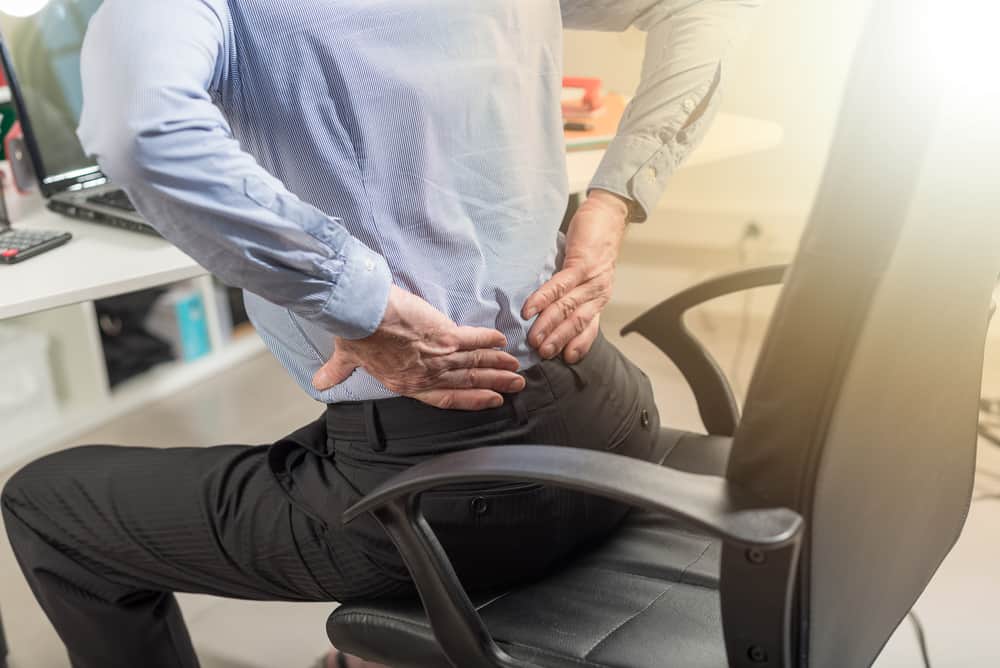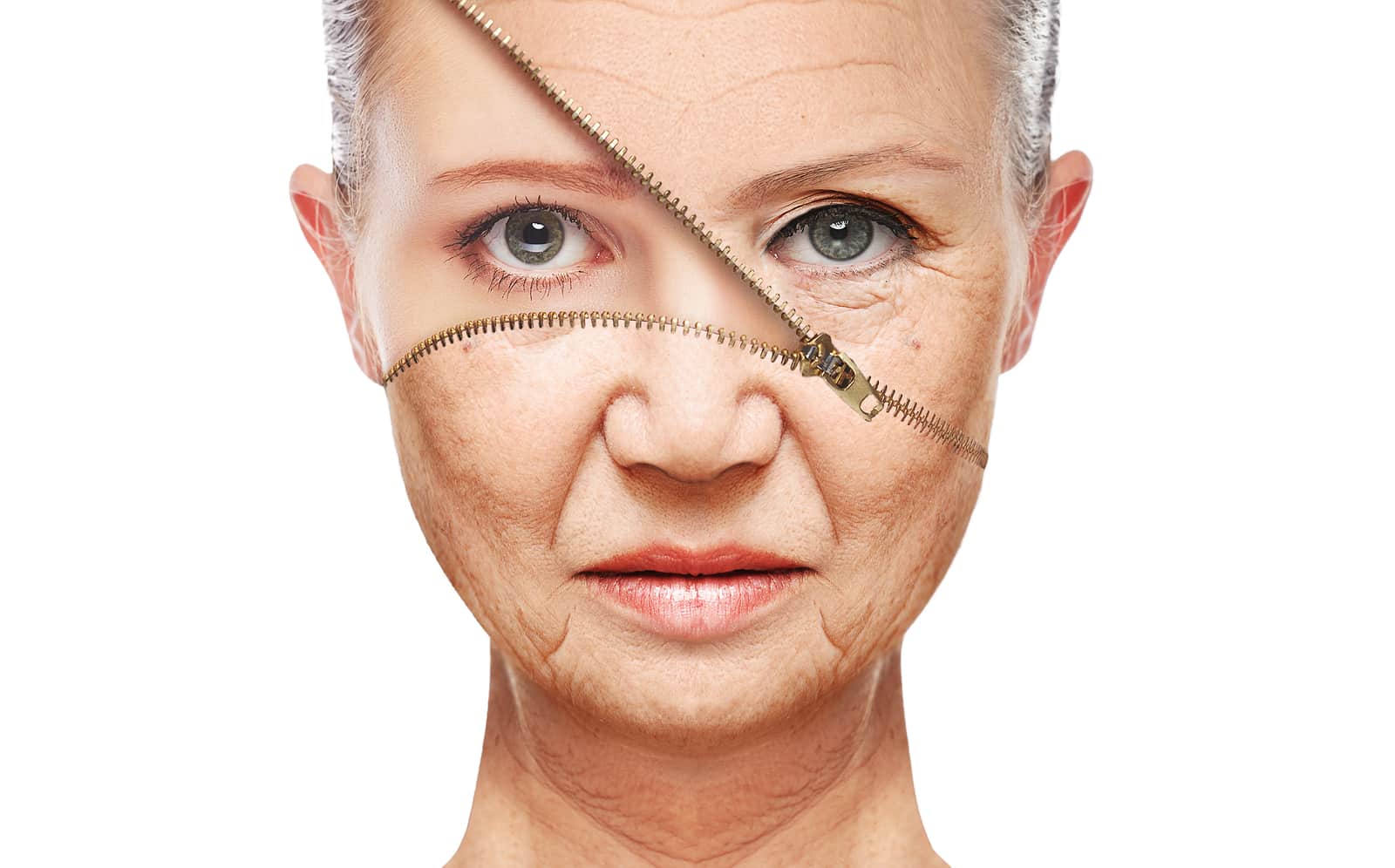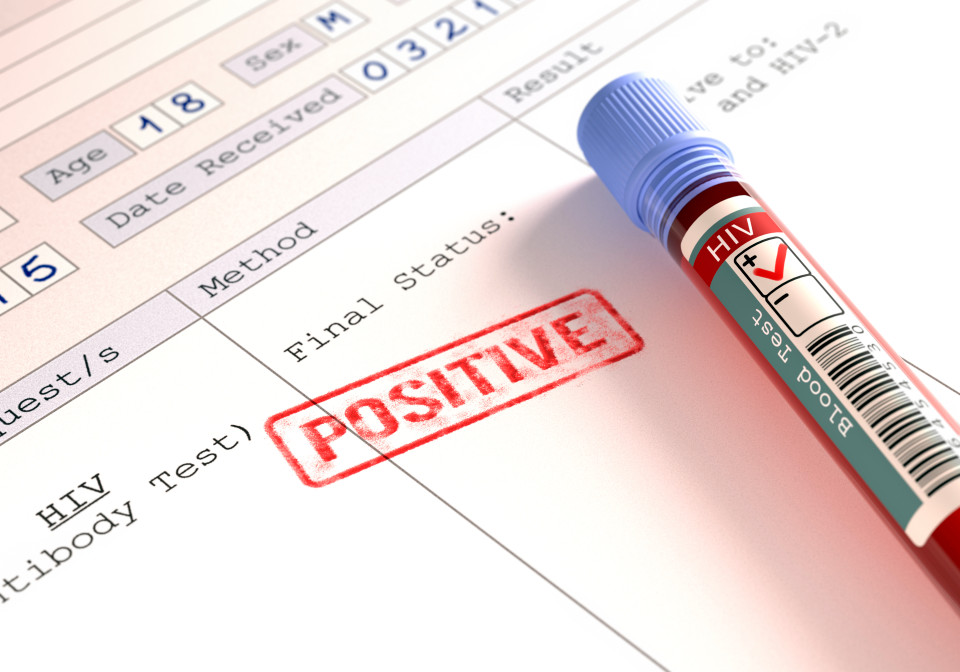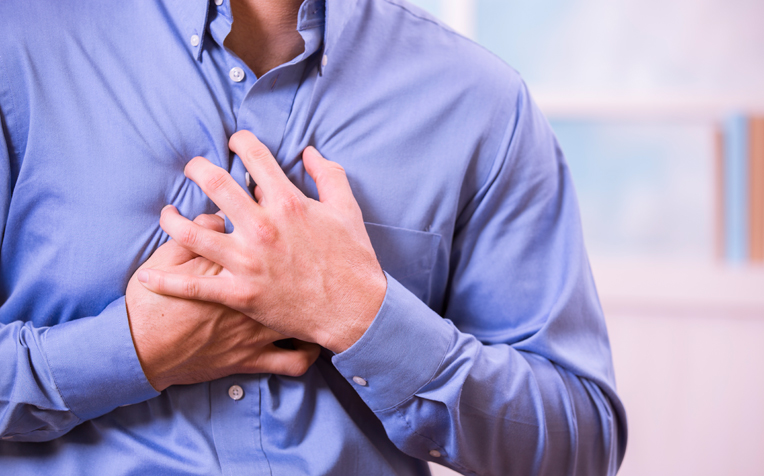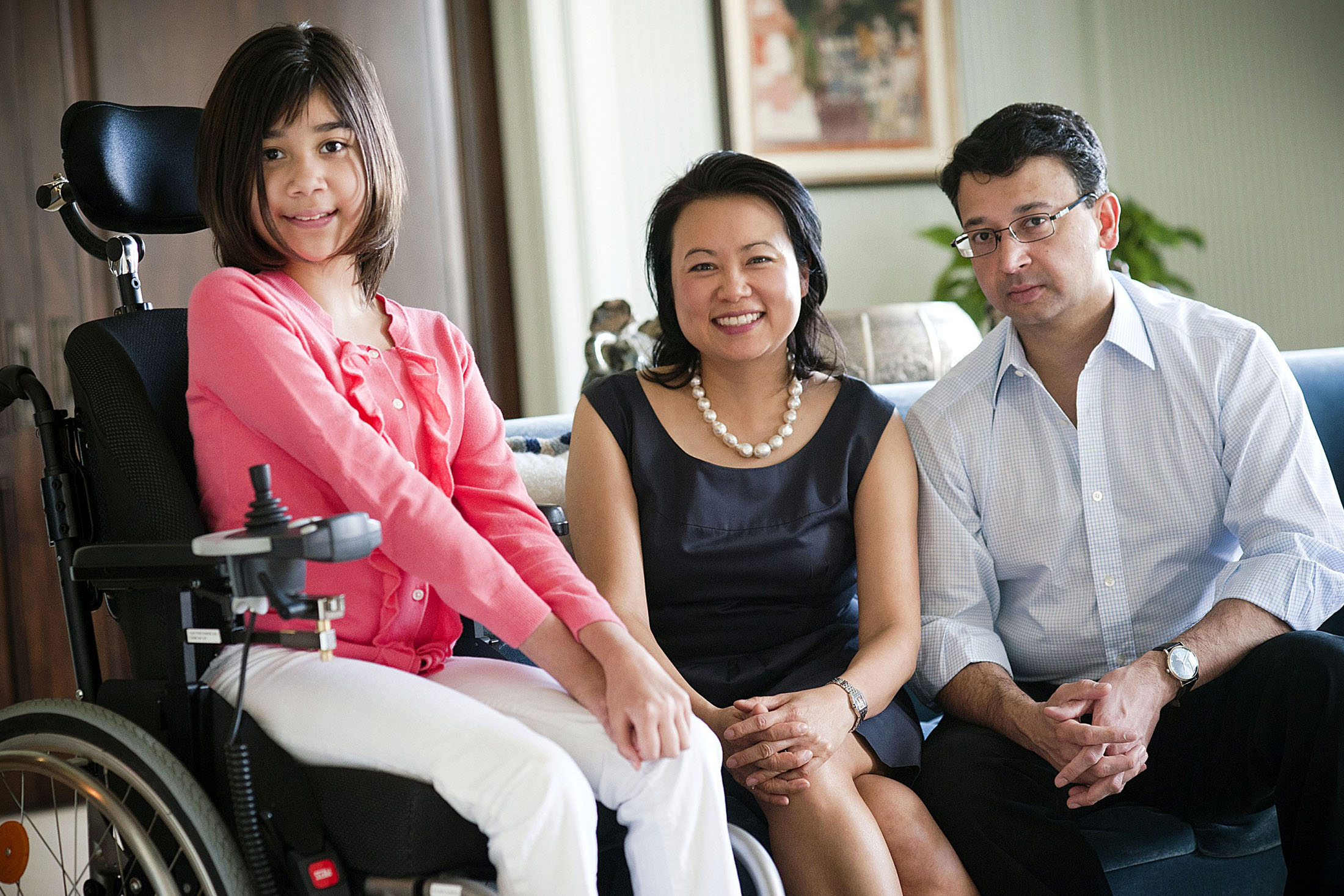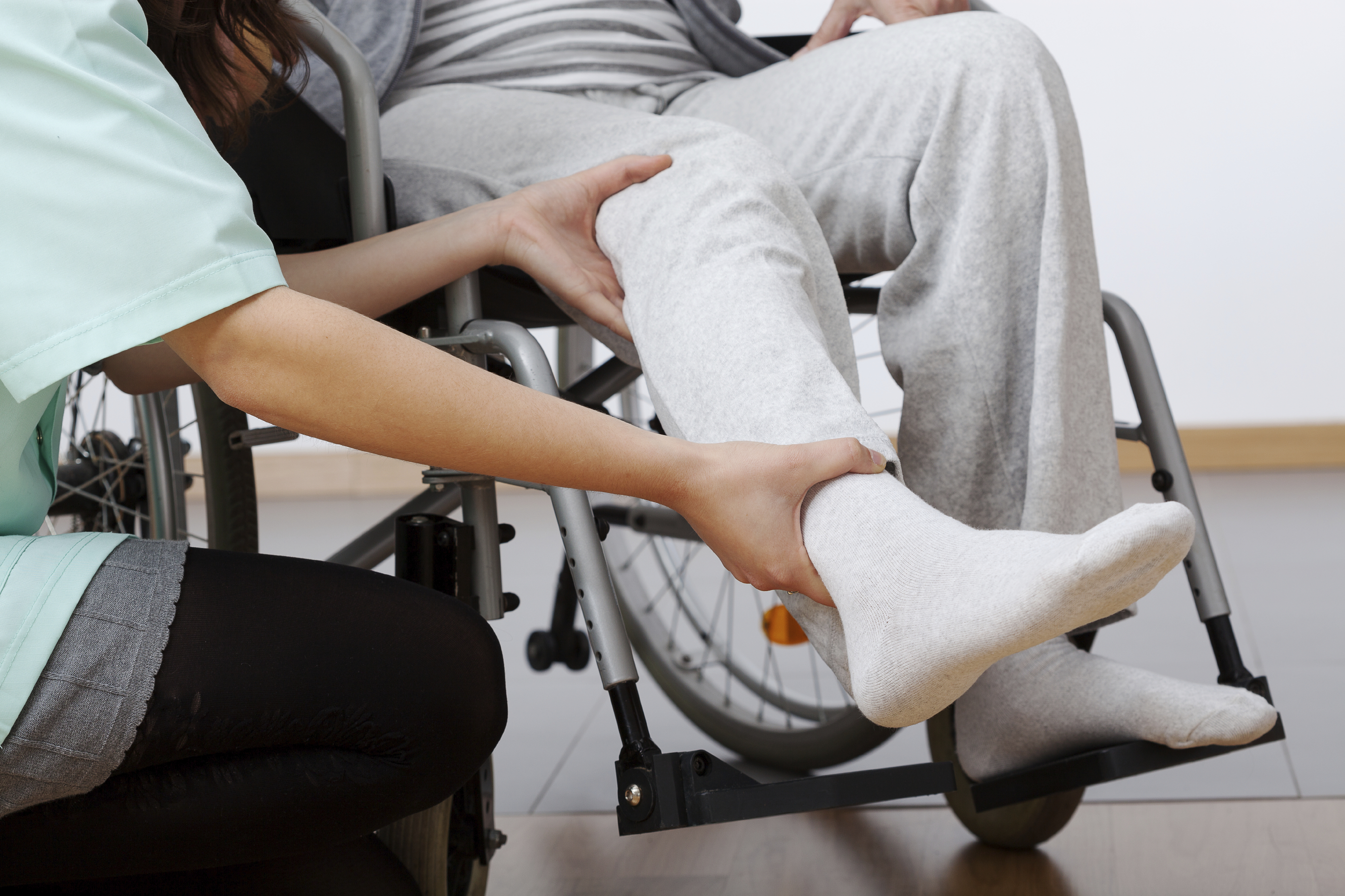Contents:
- Medical Video: 10 Signs Your Kidneys Are Crying for Help
- Bone structure abnormalities
- Accidents and injuries
- Lifestyle factors
- Emotional factor
- Other causes of back pain
- When to see a doctor?
Medical Video: 10 Signs Your Kidneys Are Crying for Help
Back pain is a complaint of general pain that can occur at any age, especially in adults aged between 35 and 55 years. Usually, back pain is caused by mechanical factors (i.e. pain originating from joints, bones, or soft tissues in and around the spine) and also caused by factors that are not certain. But in general, here are the kinds of causes of back pain.
Bone structure abnormalities
- Disc Herniation: This occurs because the soft tissue on the disc between the joints has come out of its position. This condition causes pain in the lower back or hip because the nerves in the area become depressed.
- Spinal stenosis: Spinal stenosis occurs because your spinal tract narrows. As a result, this condition adds pressure to your spine and blood so that your feet and shoulders feel numb. This condition usually occurs in people aged 60 years and over.
- Cervical Radiculopathy: Is a pinched nerve caused by a spinal cord or disc herniation.
- Spondylolisthesis: A condition in which one of the bones of the spine (vertebra) slips out of place to the vertebra below. If it slips too much, the bones will compress the nerves, causing pain.
- Osteoporosis: Bone loss can occur anywhere, including the spine. Fragile and porous spine can also cause back pain.
- Scoliosis: Abnormal conditions of curvature of the spine to the side that can cause back pain.
- Arthritis: Joint disease that can cause stiffness, swelling, and swelling that can cause back pain.
- Osteoarthritis: Degenerative joint disease that occurs when your cartilage and bone are damaged.
- Systemic rheumatism: This is a type of arthritis that affects joints and ligaments along the spine.
Accidents and injuries
Some conditions such as accidents, falls, muscle sprains, and broken bones can lead to back pain. For example in the following cases.
- Broken spine or vertebrae: Spinal fractures usually occur due to trauma from a car accident, falling from a height, injury during exercise, or violence (gunshot or stab wounds). This condition causes a broken or cracked spine that will cause pain in your back.
- Muscle tension: Injuries to the ligaments, muscles, and tendons that support the spine and joints can cause back pain. This often happens because you lift something and rotate at the same time, injury during sports, or an accident.
- Spasm / spasm: Seizures are involuntary or accidental muscle contractions. Muscle spasms can last for some time and arise on their own. Seizures can also occur because the muscles and tendons tear on the lower back due to lifting heavy loads or exercising too hard.
Lifestyle factors
Some lifestyles that can cause back pain are wrong sitting position, lifting heavy objects with the wrong position, never exercising, smoking habits, wearing high heels, and others.
Emotional factor
Without your realizing it, stress can also cause muscle tension in your back. In fact, depression and excessive anxiety can also make the pain even worse. A theory says that the cycle of back pain due to stress can occur because when you are stressed, you tend to avoid daily activities. The limitation of movement and activity that continues to cause it causes a weakening of the physical muscles that trigger pain in the back.
Other causes of back pain
Back pain can also be caused by other conditions such as:
- Cancer of the spine: Tumors located in the spine can suppress nerves resulting in back pain.
- Wrong choice of mattress: If the mattress you are using does not support certain body parts and keeps your spine straight, then you are at risk of experiencing back pain.
When to see a doctor?
Most back pain will gradually improve with home care, usually within two weeks. If it doesn't improve too, you need to see your doctor immediately. Especially if back pain does not improve after treatment or adequate rest, pain extends to other parts of the body, back pain accompanied by numbness or tingling on one or both legs, and weight loss without cause.

